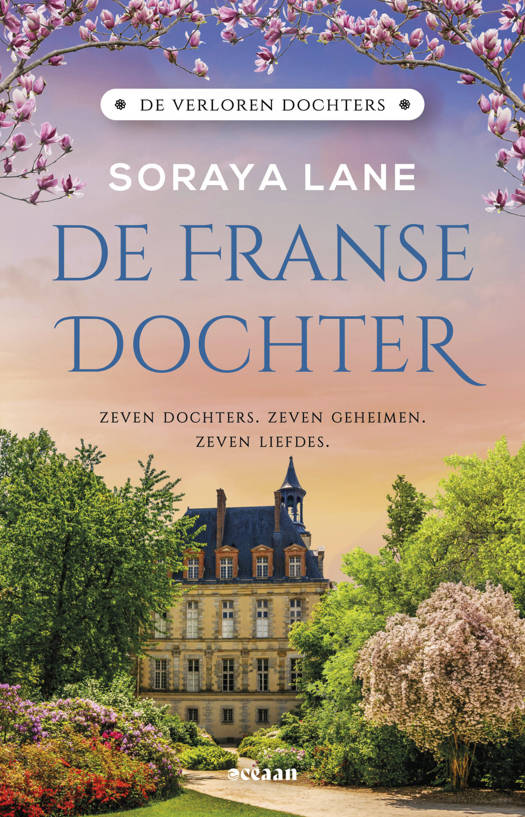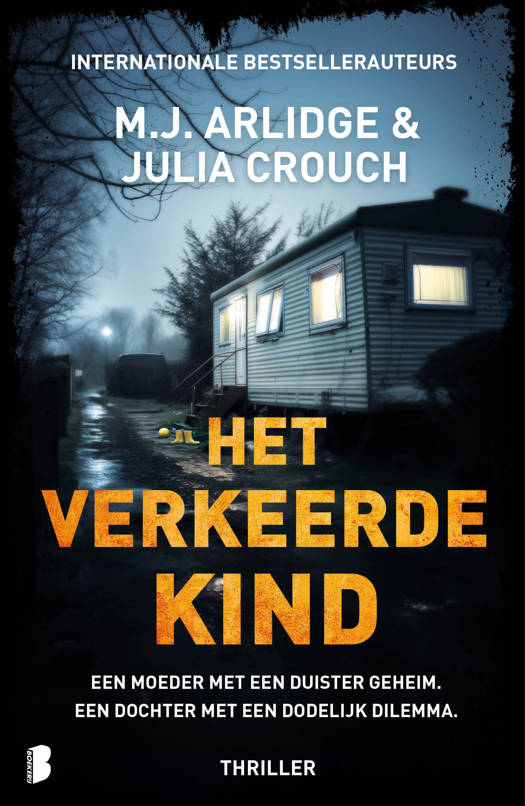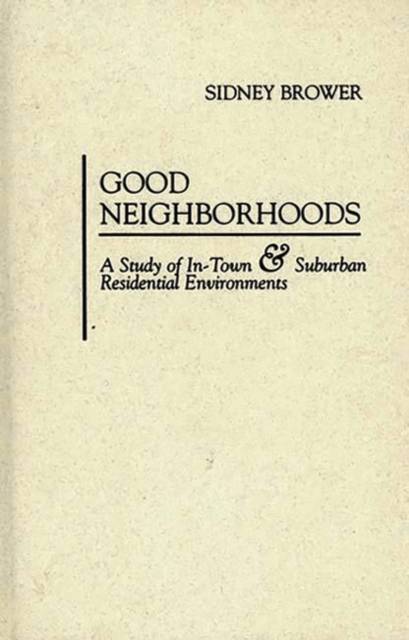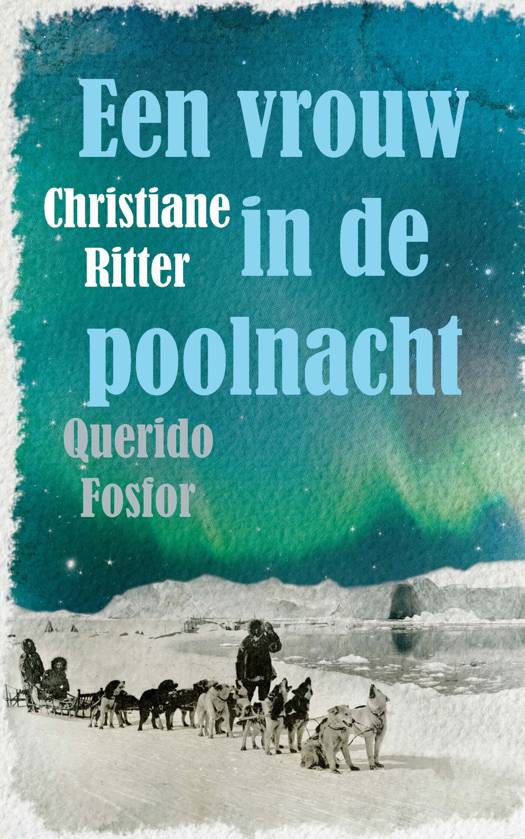
Door een staking bij bpost kan je online bestelling op dit moment iets langer onderweg zijn dan voorzien. Dringend iets nodig? Onze winkels ontvangen jou met open armen!
- Afhalen na 1 uur in een winkel met voorraad
- Gratis thuislevering in België vanaf € 30
- Ruim aanbod met 7 miljoen producten
Door een staking bij bpost kan je online bestelling op dit moment iets langer onderweg zijn dan voorzien. Dringend iets nodig? Onze winkels ontvangen jou met open armen!
- Afhalen na 1 uur in een winkel met voorraad
- Gratis thuislevering in België vanaf € 30
- Ruim aanbod met 7 miljoen producten
Zoeken
Good Neighborhoods
A Study of In-Town and Suburban Residential Environments
Sidney Brower
Hardcover | Engels
€ 161,45
+ 322 punten
Uitvoering
Omschrijving
What makes a good neighborhood? Can one neighborhood be good for all people? Brower's study examines the variable image of the ideal residential area in contemporary and earlier writings, from utopian visions and popular media to historical records and the findings of social science research. Brower identifies four common ideal neighborhood types, each providing a distinct and specific residential experience that suits a particular way of life. He details the characteristics of each of these good neighborhoods, and argues that their coexistence in a single urban environment is not only possible, but desirable; it creates a healthy variety of residential areas that, together, suit the needs and desires of different urban dwellers. This absorbing and timely study will be of interest to scholars and professionals in urban studies, urban design and planning, environmental studies, environment psychology, and sociology.
Specificaties
Betrokkenen
- Auteur(s):
- Uitgeverij:
Inhoud
- Aantal bladzijden:
- 232
- Taal:
- Engels
Eigenschappen
- Productcode (EAN):
- 9780275951818
- Verschijningsdatum:
- 30/11/1996
- Uitvoering:
- Hardcover
- Formaat:
- Genaaid
- Afmetingen:
- 162 mm x 243 mm
- Gewicht:
- 462 g
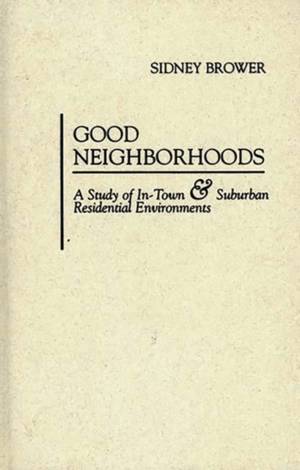
Alleen bij Standaard Boekhandel
+ 322 punten op je klantenkaart van Standaard Boekhandel
Beoordelingen
We publiceren alleen reviews die voldoen aan de voorwaarden voor reviews. Bekijk onze voorwaarden voor reviews.


